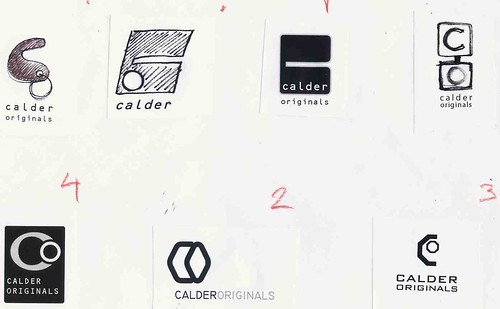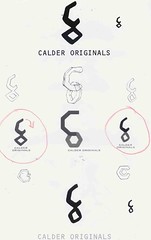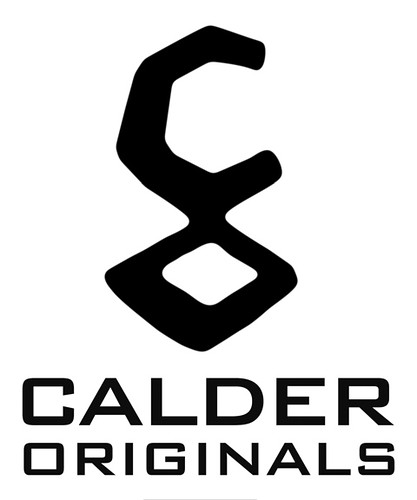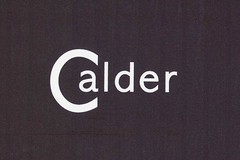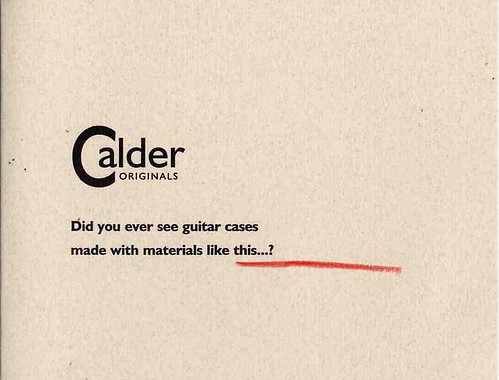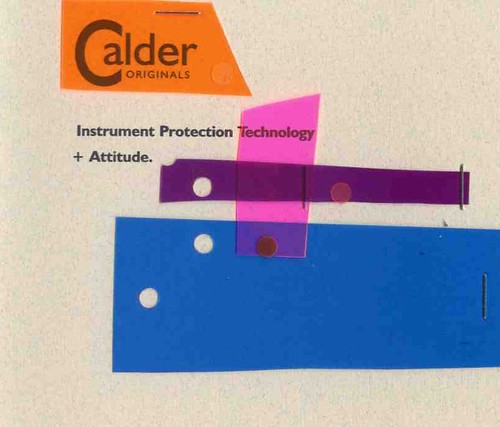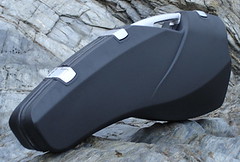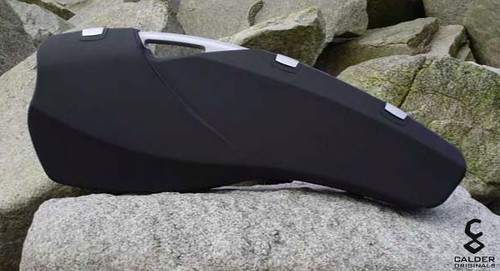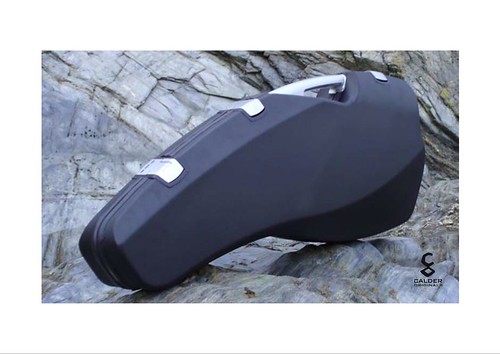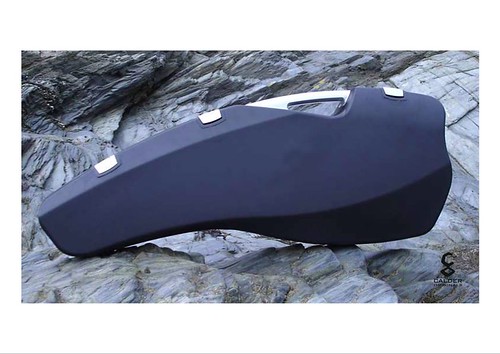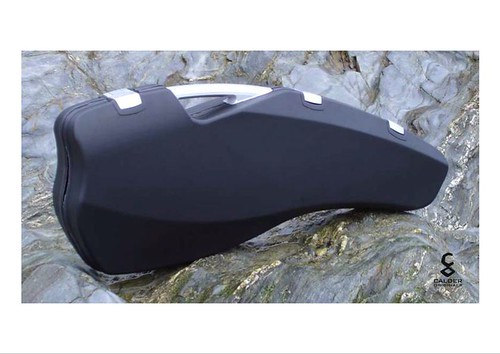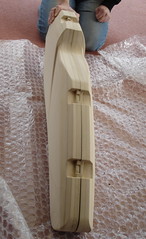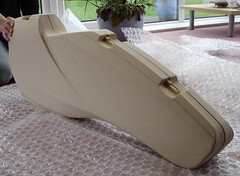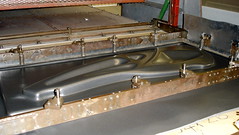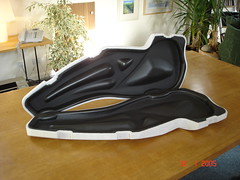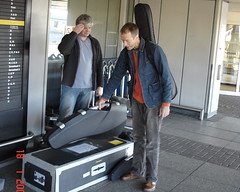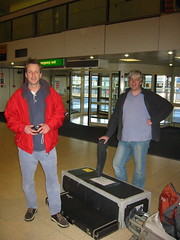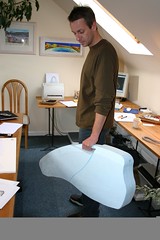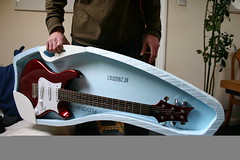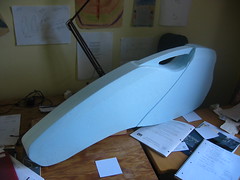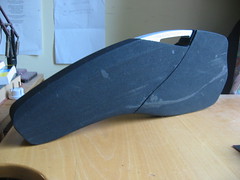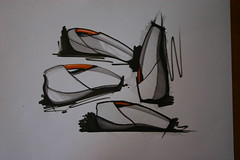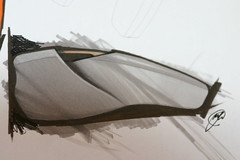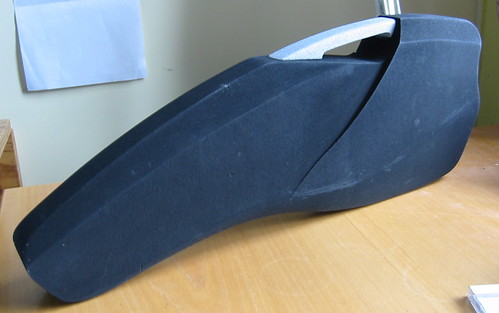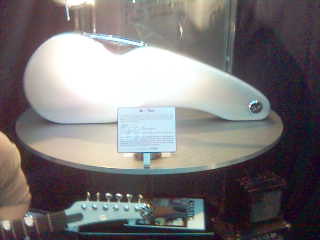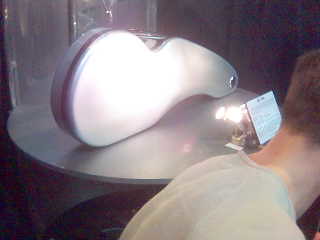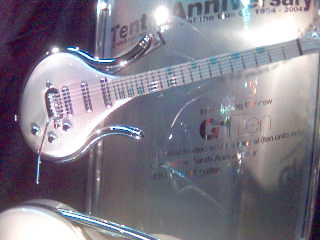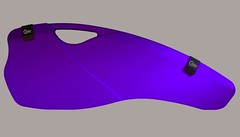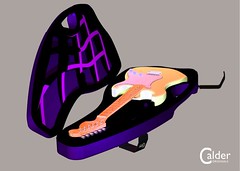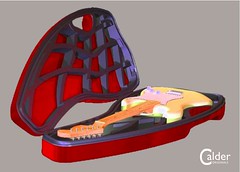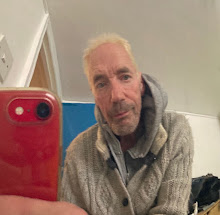Superhappybunny and Keck Craig inhabit the extremes of the design spectrum. Octanagarian Henry Keck worked briefly with Raymond Loewy before setting up his own shop and and has been designing for over 50 years. In almost every diner across the US you'll see his classic suger and salt pourers - 16m of them have been made. Bart Haney and his virtual team are only a few years out of school and have made their name one of the coolest in the business by a mix of skilled sef-promotion, outrageous products (eg a vibrator cosy) and sheer talent.
HENRY KECK
My first meeting with Henry was in the elegant Athaneum Club at Pasadena's prestigous Caltech (on the way to our table Henry pointed out a couple of Nobel Prize winners in the dining room).
I liked Henry a lot, and his design process starts with function and engineering - exactly what I wanted. He was excited about the guitar case project and was keen to work with me. I left thinking I had found my man and that going to see Superhappybunny would be simply a curtesy call.
BART HANEY
SHB hang out in a worn out industrial area of LA - cab drivers had no idea where it is seemed reluctant to go there when they found it on the map. At first Bart struck me as brash compared to Henry's old world elegance. But once he started waxing lyrical about his love for Apple - how he'd found himself hugging his colleague's Powerbook - I began to warm to him. We spent an intense couple of hours together playing with lots of new materials in his studio and enjoying each other's delight in the emotional power of brands and great design. I left excited and a little confused - who to go with? The older tried and tested engineer or the young hot shot brand savvy design whizz?
MARCH 04 TWO DESIGN FIRMS ARE BETTER THAN ONE? [ummmmh...]
Flying home to the UK I decided the best route would be to team both companies with Bart leading on the creative design and Henry focussing on the engineering. I wasn't sure they'd go for this but they both accepted the idea without argument. We signed agreements and set to.
I was still pursuing the idea of a see thru case (The 'Telejelly' was my working title) so Henry's first target was to find materials that were both translucent and tough. Bart was to focus on the design - taking my initial sketch and turning them into a very sexy very makable design.
APRIL 04 FRANKFURT MUSIKMESSE
My wonderful music product consultant
Brendan Murray had set up meetings with a bunch of heavy hitters in the industry - guitar and guitar accessory manufacturers who were interested in distributing the Calder Guitar Case. When he saw Bart's illustrations he was ecstatic. My hope was that the big guys would be equally excited - and they were. It was my dream coming to life - revealing the illustration generated genuine gasps of surprise 'oh wow - that's really cool. One guy turned round, shook my hand and said 'well done and welcome to the industry...' this was an auspicious start. The only response I was less comfortable with was the almost universal suggestion that I had to manufacture in China - not what I had planned.
APRIL 04 THE HONEYMOON
Both sides reported good working relations and it seemed we were rolling. I went to LA at the end of April for a series of intensive meetings when both sides showed me progress. Keck Craig had struggled to find a durable translucent material but had drawn up some impressive blue prints of a possible prototype that was very close to my initial sketch.
Bart came in with an enormous number of new concepts - many totally different from my initial idea - I liked the passion with which he applied to the project and the freshness of his ideas.
MAY 04 ANGST ARISES
At the time I felt excited by the presentations and the liveliness of the discussions. But back home and looking at the amount of money spent, the time that had passed and the enormous amount still to do before we had a prototype I began to feel much less comfortable. I had promised the people I'd met in Frankfurt that I would show them a prototype at he summer NAMM show in Nashville at the end of July.
Then followed a pretty grinding month or so with me constantly asking for assurances about budgets and deadlines. Now the challenge of working at such a distance became apparent - I couldn't afford to fly out all the time and so couldn't see work in progress. Emails and phone calls are not the same as face to face. My inexperience in industrial design left me very dependent on the professionals - I kinda had to take their word when they said such and such 'had' to be done this way.
MAY 04 PROFILE 29
I asked Bart to focus on developing the profile of my initial design rather than develop new ideas. I liked my initial concept a lot and the reaction to Bart's initial reworking of that gave me confidence that we should stick with this rather than go to our potential partners with something significantly different. By May 22nd we had agreed that Bart's 'Profile 29' was what we would develop - here are a couple of his earlier profiles plus the final profile.
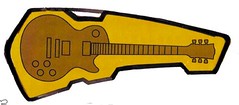
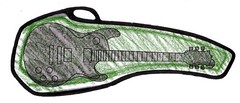
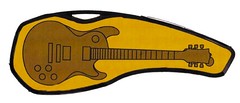
JUNE 04 THE CRUNCH
I finally got a firm estimate from Keck Craig as to the price of the prototype for Nashville - it was so far outside my expectations that I immediately called a halt to whole process. It seemed crazy to spend so much money on an initial prototype the sole purpose of which was to show distributors what the concept looked like in the flesh so to speak.
Bart suggested making scale models which would be way cheaper but Henry and his partner Warren insisted that this would not be good enough to convince my potential customers.
The exciting LA experience was turning sour - I began to feel very exposed. Having discussed my options with my cohort of friends who had aided and abetted me to this stage I decided to call in an industrial designer based not far from my home. I'd met him right at the start of the project but was so hooked on my American plan that I chose not to work with him. At the end of that first meeting he'd said to call him if ever I felt uncertain about what the US designers were telling me. Now was the time to make that call...
JUNE 04 ENTER MICHAEL MAILLING
Michael Mailing looked at what had been achieved so far and at the costs, raise his eyebrows and said 'I can do this for way way less - and have a prototype ready for Nashville'. It was just what I wanted to hear.
POST MORTEM
I was sad that the LA thing hadn't worked out - the idea of two such different design firms working in tandem is very attractive and I truly like all the people that worked on the project. Bart very much wanted to stay with the project and I would have liked that but I now needed simplicity and working with just one designer who lived 2 hours away looked the best way to achieve that. Bart and I stay in touch and I keep him posted on our progress.
The lesson of this story - the lesson of this song ? For me - I needed to be closer to my designers - it needed to be way easier to talk on the phone whenever, to meet weekly, to see work in progress. And I needed to understand better the way the designers wanted to work - they all liked my briefs - Bart said they were the best he'd ever read. But I needed to get more from them a much deeper understanding of how they were expecting to work.
Here's a profile of Superhappybunny and Keck Craig Inc from
LA Magazinecategories: early developmentCalder blog homepageCalder website homepage
